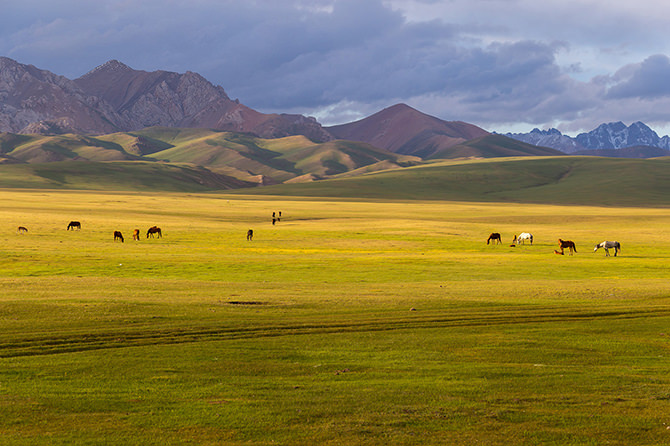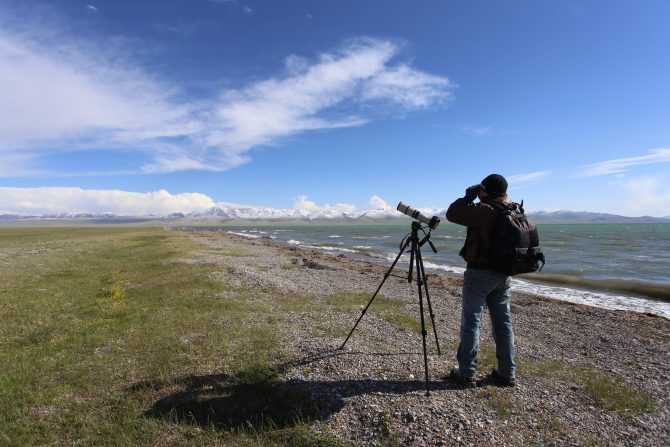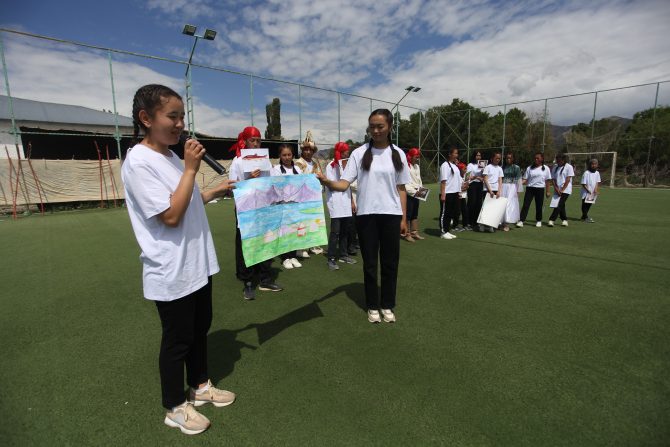SDM Project: Securing wetland ecosystems and pastoral communities in the Kyrgyz Mountains
12.03.2024
SUBMITTED ORGANISATION
Institute for Sustainable Development Strategy (ISDS) Public Foundation
PARTNER ORGANISATIONS
Pasture Users Union of Cholpon municipality
Cholpon rural municipality “Biocultural Network “Nasyat”” Public Fund
DATE OF SUBMISSION
26/01/2023
REGION
Asia
COUNTRY
Kyrgyz
KEYWORDS
Integrated approach on natural resources management; Community‐based approach – Community Action Plan on restoration of ecosystems; SEPLS resilience/sustainability indicators
Link
Abstract
Local communities of Cholpon rural municipality were empowered to sustainably manage, protect and preserve the wetland systems of Son Kul Lake, which is one of the International Bird and Biodiversity Areas.
- Local authorities of Cholpon municipality increased responsibility/better understanding of importance of preservation of whole system of Son Kul Lake, incl. wetlands.
- Community Biodiversity Protection Group formed on a municipal level and developed a Community Action Plan (CAP) based on knowledge and skills got within the project implementation. The CAP becomes a part of the Plan of Socio-Economic Development of Cholpon municipality.
- To implement the CAP, some funds from the local budget were allocated for restoration of the pilot zone in the Son Kul Lake area in 2023.
- The Kochkor district authorities of Naryn region distribute the experience of the Cholpon municipality to other municipalities of Kochkor district and throughout Naryn region. This is particularly important for Naryn region that specialized on massive animal husbandry. Currently, Kochkor district administration together with Cholpon municipality are working together on a project proposal and is negotiating with Naryn regional administration and Development Fund of Naryn region to finance some activities of the Community Action Plan on restoration of Son Kul pilot zone.
- 3 projects were supported for income-generating activities (sewing workshop, beekeeping and horticulture), which are alternative activities to reduce pressure on pastures through the transition from animal husbandry to other types of livelihoods. This is especially important for changing the mindset and behavior of local community members who have been engaged in traditional animal husbandry for decades.
The project was in line with the IPSI strategy and promoted its strategic objectives such as increasing knowledge and understanding of SEPLS approach, their values, status and trends among community members, local authorities at district and municipal level. A Community Action Plan was developed based on participatory approach and included specific steps on resolving existing problems connected with SEPLS degradation. Local community initiatives were supported (joint work of community members, representatives of local self-government, local council, other stakeholders) that helped for better governing and managing natural resources, improved social cohesion among different stakeholders and local economies.The project contributed to achievement of 2020 Aichi Biodiversity Targets (1, 2, 5, 7, 11, 18) and 2030 SDGs (1,3, 4, 5, 10, 11, 13, 17).




